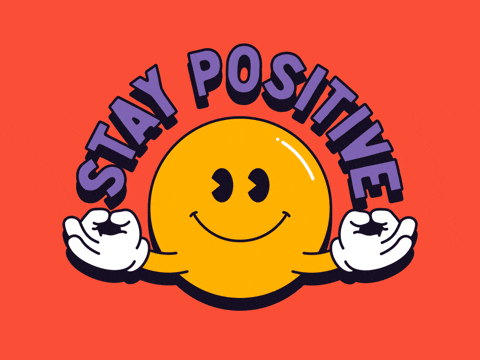- Well and Wealthy
- Posts
- Stop Impulse Purchases in Their Tracks by Delaying It
Stop Impulse Purchases in Their Tracks by Delaying It
Discover actionable tips to stop impulse purchases. Learn how to break free from impulse buying and transform your finances and lifestyle.
Smarter Investing Starts with Smarter News
Cut through the hype and get the market insights that matter. The Daily Upside delivers clear, actionable financial analysis trusted by over 1 million investors—free, every morning. Whether you’re buying your first ETF or managing a diversified portfolio, this is the edge your inbox has been missing.
Now, let's explore how we can break free from the habit of impulse purchases.
Breaking the Chains of Impulse Buying
Impulse purchasing can be a tough habit to break, especially when you're just starting your financial freedom journey. However, freeing yourself from impulse buying is crucial for embracing this lifestyle. Here are some actionable tips to help you overcome the urge to shop unnecessarily:
1. Calculate the "Work Cost" of Items
Tip: Before making a purchase, calculate how many hours of work it would take to afford the item.
Action: Create a simple spreadsheet or use a note-taking app to track potential purchases. Include columns for the item's price, your hourly wage, and the "work hours" required to buy it.
2. Find Alternative Stress-Relief Methods
Tip: Identify activities that can replace shopping as a form of emotional relief.
Action: Make a list of free or low-cost activities that bring you joy or relaxation. Examples might include:
Taking a nature walk
Practicing meditation or yoga
Calling a friend for a chat
Engaging in a creative hobby
3. Set Clear Financial Goals
Tip: Keep your long-term financial objectives in mind when tempted to make impulse purchases.
Action: Write down your financial goals and create visual reminders. For instance:
Create a vision board with images representing your goals
Set up a savings tracker on your phone or in a journal
Place sticky notes with goal reminders on your credit cards
4. Implement the List Strategy
Tip: Make a shopping list before any trip to a store or online marketplace and stick to it rigorously.
Action:
Use a note-taking app or a small notebook to maintain ongoing shopping lists
Categorize items by necessity (e.g., "Need," "Want," "Can Wait")
Implement a 24-hour rule for any item not on your "Need" list
Minimalist Challenge of the Week
To help you put these tips into practice, try this challenge:
For the next seven days, track every purchase you make or consider making. Note the item, its cost, and the emotion or situation that triggered the desire to buy. At the end of the week, review your list and reflect on which purchases were truly necessary and which were driven by impulse or emotion.
Remember, breaking free from retail therapy is a journey. Be patient with yourself and celebrate small victories along the way. By becoming more intentional about your purchases, you'll not only save money and space but also gain a greater sense of control over your life and possessions.
This Day in History: February 6th
Before we dive into our main topic, let's take a moment to reflect on some significant events that occurred on this day in history:
1952: Princess Elizabeth ascends to the throne, becoming Queen Elizabeth II after the death of her father, King George VI.
1911: Ronald Reagan, the 40th President of the United States, was born in Tampico, Illinois.
1993: Tennis legend Arthur Ashe, the first Black man to win a Grand Slam championship, passed away.
1840: The Treaty of Waitangi was signed, establishing British sovereignty over New Zealand.
We'd love to hear about your experiences with this challenge! Share your insights or questions in our community forum or on our social media channels using #MinimalistLivingChallenge.
Until next time!




Reply